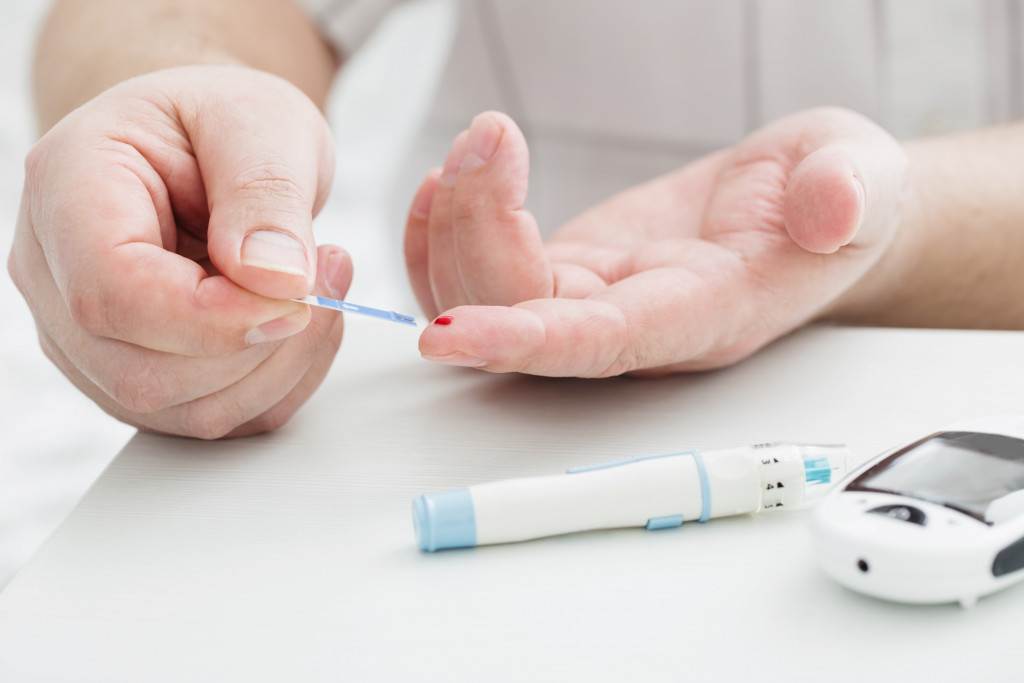When it comes to senior health, preventing rehospitalizations is key to maintaining the quality of life. However, many factors can contribute to readmissions. This article will explore some of the most common reasons for rehospitalization and offer tips on preventing them. By taking a proactive approach to seniors’ health, we can help keep them healthy and out of the hospital.
Most common reasons for rehospitalization among seniors
For older adults, especially those over the age of 65 years, re-hospitalization is an all-too-common occurrence. Studies have revealed the most common reasons for readmission in seniors include cardiac issues such as heart failure or chest pain, infection and urinary tract infection (UTI), respiratory disorders like pneumonia or asthma, and congestive heart failure or COPD.
Diabetes complications, electrolyte imbalances, dehydration, stroke, trauma, and antidepressant toxicity also lead to re-admissions. Additionally, preventable hospitalizations due to failure to provide necessary follow-up care are becoming more frequent daily and seen more often among elderly patients with multiple comorbidities.
Aging individuals need to remain aware of their health needs and become educated about the different causes behind re-hospitalization to take preventive measures to reduce their risk of returning to the hospital.
Ways to prevent rehospitalizations
Reducing rehospitalizations is essential to ensuring that patients achieve the best possible healthcare outcomes. The key to preventing rehospitalizations lies in enhancing communication and coordination among all involved in a patient’s care, including primary care physicians, specialists, nurses, and other professionals.
By forming collaborative teams to assess individual patient needs during pre-discharge visits, doctors can provide patients with comprehensive discharge plans tailored to their unique situations, which include appropriately written orders for follow-up appointments as well as medications, supplies, and services necessary for the transition from a facility setting back into the community.
You can also opt for professional home nursing care to provide extra support and monitoring immediately after discharge. This can help reduce the risk of complications such as falls, infections, or medication errors. Additionally, family members should be proactive in providing assistance and keeping an eye on their loved one’s health to ensure that they are getting proper follow-up care.
Furthermore, you can avoid further complications by educating patients about their diagnosis and chronic conditions at pre-discharge and post-discharge visits. All of these steps are preventative measures that are essential to reduce rehospitalization rates.
What to do after a senior is discharged.
Discharging a senior from the hospital can be overwhelming, but it doesn’t have to be. To ensure a smooth transition back home, you should take specific steps. Firstly, caregivers should review the discharge instructions and ask their doctor to clarify anything unclear. Secondly, they should prepare their homes in advance and purchase any equipment that the doctors recommend.
Thirdly, they should consider setting up follow-up appointments with doctors and other healthcare professionals for continued care after leaving the hospital. Lastly, caregivers should plan for transportation and enlist help from family members or friends who can provide additional assistance.
Available resources on avoiding rehospitalization
As seniors age, the rehospitalization rate rises drastically. Understanding the resources available to them is essential to maintain a healthy and continuous recovery. First and foremost, seniors should establish communication with their primary care physician and make sure they have access to all necessary information regarding operations, tests, health goals, etc.
They should also take advantage of medical at-home services such as online counseling for mental health issues or physical therapy sessions via Zoom. Social support groups are also beneficial in many ways since it provides peers who can offer advice and guidance on how to avoid the risk of being hospitalized.
Additionally, telemedicine is rapidly becoming more prevalent. It can help seniors receive medical care from the comfort of their own homes instead of going through the hassle of traveling to a physical appointment. Finally, family members should stay in close contact with their loved ones, check in regularly, and promote healthy behaviors such as exercise routines or nutrition plans.
Supporting a senior during recovery

Being hospitalized or having a significant health issue can be challenging for seniors. Luckily, family and friends can provide much-needed moral and physical support during recovery. This might include keeping in touch with regular phone calls or video chats to check in on the person’s progress.
They can bring snacks and drinks their loved one enjoys to the hospital or provide transportation to follow-up appointments or therapy sessions. Those giving care should also find ways to break up monotony while paying attention to dietary restrictions.
To help boost spirits, small gifts from home are a great suggestion – be it flowers, framed photos, books, music albums, etc. Finally, simply being there is essential – offering gentle reminders that life goes on even if things feel unsettled for the moment.
These are some steps you can take to reduce the chances of rehospitalization and ensure a smooth transition back home after a senior’s discharge. With adequate support, education, and resources, seniors can avoid the risk of being rehospitalized and enjoy their lives without worrying about their health.



